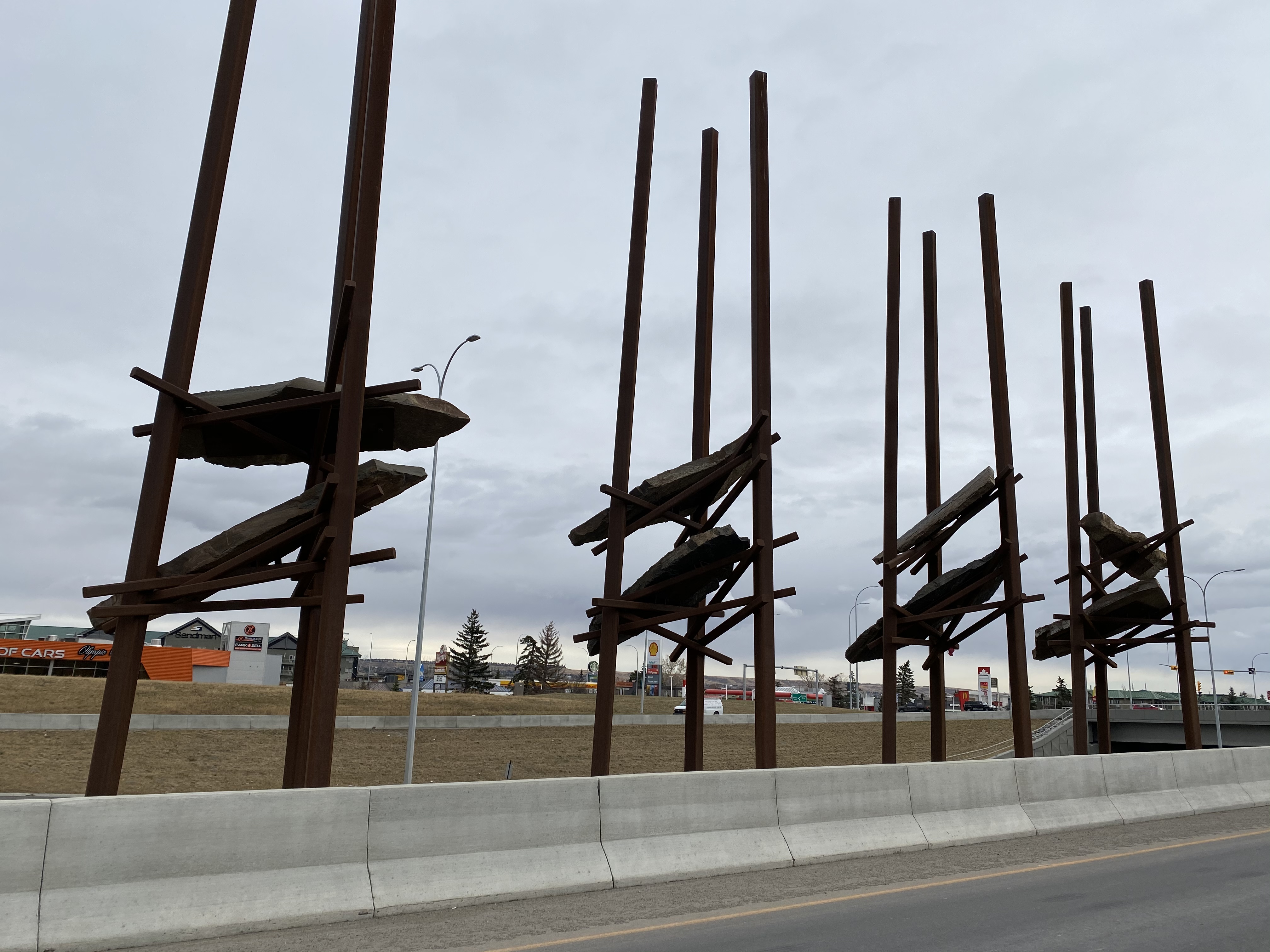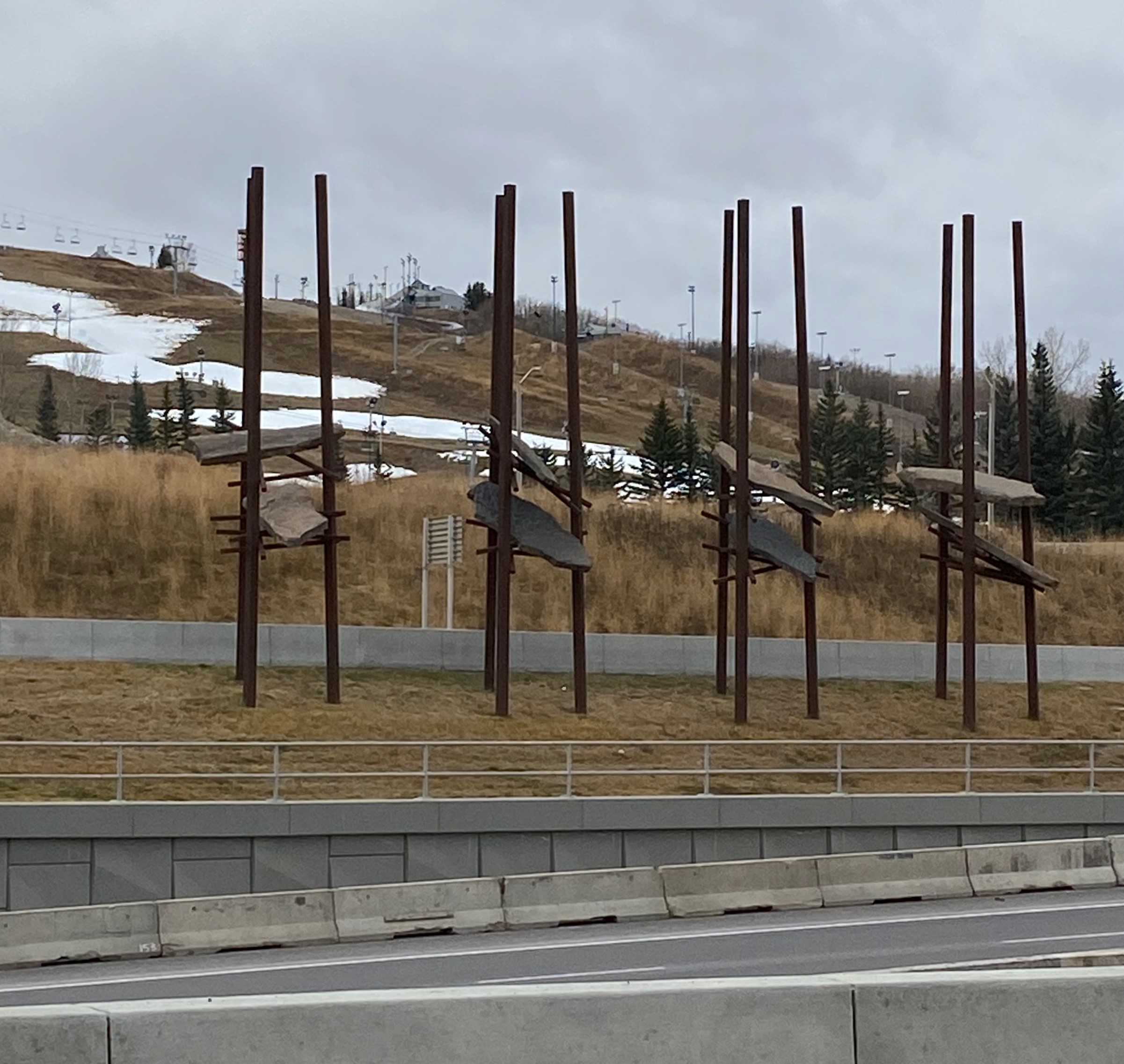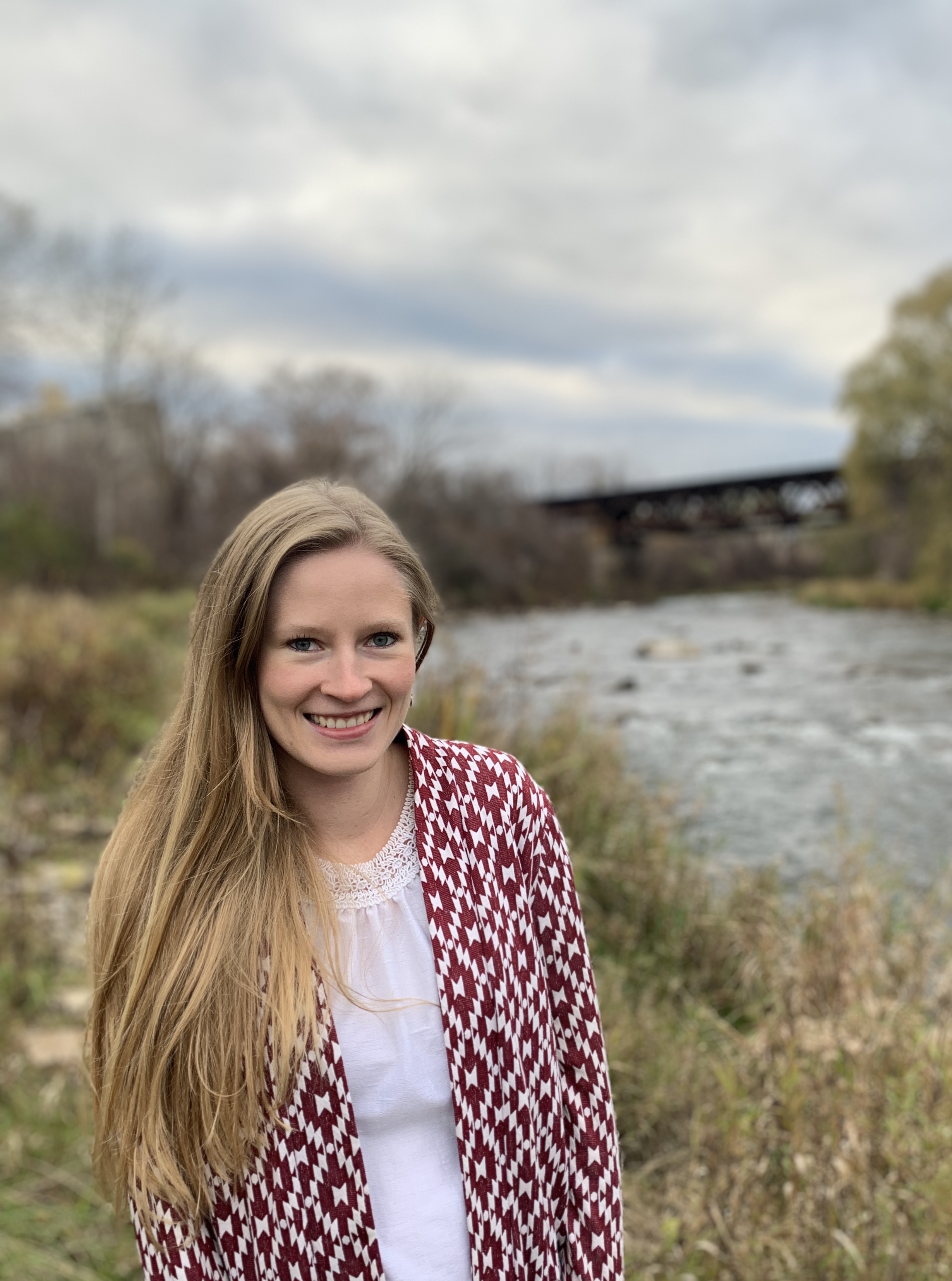
Del Geist, Bowfort Towers, 2016.
Written by UTPJ Marketing Coordinator Amanda Buessecker.
The history of art and architecture has seen many icons raised as cultural emblems: colossal palaces, palatial cathedrals, and masterpieces carved meticulously from wood and stone. A city’s cherished landmarks are often such monuments of public art. They are sites that promote interaction between the creativity of one and the experience of another.
These sites are endowed with an ever-widening sense of significance as the corpus of interpretation grows. With each new probe and each new analysis, a cultural emblem has the potential to become meaningful to a wider audience. Academic publishing is the vehicle for sharing such interpretive investigations. Dozens of pages might be written on a lesser-known sculpture, while volumes of literature exist to interpret, synthesize, and provide new perspectives upon a famous painting or building.
Not all works of public art, however, become beloved symbols of their community.
Calgary’s public art program has recently come under scrutiny. In the past decade, more cries than cheers have arisen in response to the city’s raising of new forms of art. More has been said about these locations as sites of protest than as sites of attraction.

Del Geist, Bowfort Towers, 2016.
Bowfort Towers, erected between the lanes of a highway on the western edge of the city, is one such example. On paper, the project sounded great: stone from Mount Rundle in Alberta’s famous Banff National Park was raised above the highway and heralded as an “icon of the environment.” A local stone, from a local quarry, to encompass the local geological history of the land. And Calgarians love local, the mountains, and the land. Yet an intense negative response followed almost immediately after installation, spearheaded by satirical Twitter pages and the local media. Politicians called, unsuccessfully, for the piece to be removed. The most prevalent complaint was that the monument was not, according to Calgarians, aesthetically pleasing. Furthermore, the artist was anything but local—he lived in New York City, and therefore the installation was a sort of faux local art. In the end, Bowfort Towers had no sentimental value and failed to successfully express the relationship of the people to the land.
This was not the first tussle between Calgary’s public art administration and the public. Other works of public art in the city, such as Travelling Light, known un-affectionately as the “Blue Ring,” had previously garnered a similar response. Excitingly, however, Calgary has recently announced plans to update the administration of its public art program in the coming years. This new organization will bear the heavy burden not only of assessing what we raise up as cultural emblems, but of assessing why. Does a piece of public art evoke a sense of pride in the region or the community? Does it build upon existing traditions?Is it site-specific? Most importantly, how do we listen to new voices—the voices of those of the local population—when determining what will edify that community? Academic discussion is vital for building upon meaningful interpretations that raise the status of our public monuments from installations to cultural emblems, though the “building upon” can only take place when there is a foundation of understanding, and interest for further interpretation, among the public.

Amanda Buessecker is a new marketing coordinator at the University of Toronto Press Journals. She has a B.A. in Art History from Brigham Young University and an M.A. in Art History from Carleton University. Her undergraduate research focused on the development of iconography in public art in the Calgary area while her master’s thesis expanded upon the architectural significance of the Cardston Alberta Temple of the Church of Jesus Christ of Latter-day Saints. She has experience working at a variety of museums including the National Gallery of Art in Ottawa and a number of small museums in Utah.
The UTP Journals blog features guest posts from our authors. The opinions expressed in these posts may not necessarily represent those of UTP Journals and their clients.
To continue with the University Press Blog Week Tour, visit the posts at other contributing presses.
Amherst College Press
Bristol University Press
Bucknell University
Duke University Press
Georgetown University Press
Johns Hopkins University Press
Penn State University Press
Temple University Press
UBC Press
University of Illinois Press
University of Manitoba Press
University of Toronto Press
Wilfrid Laurier University Press
Comments on this entry are closed.